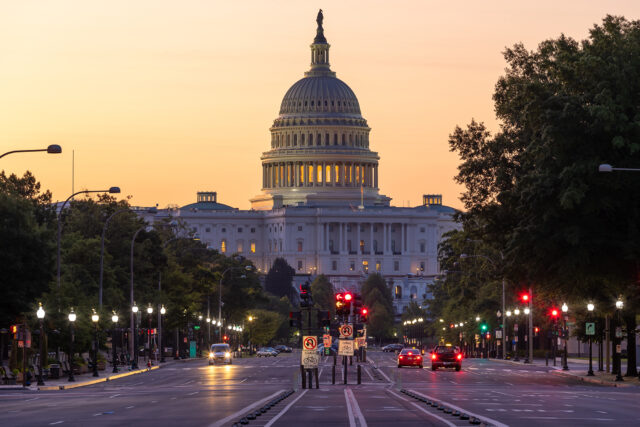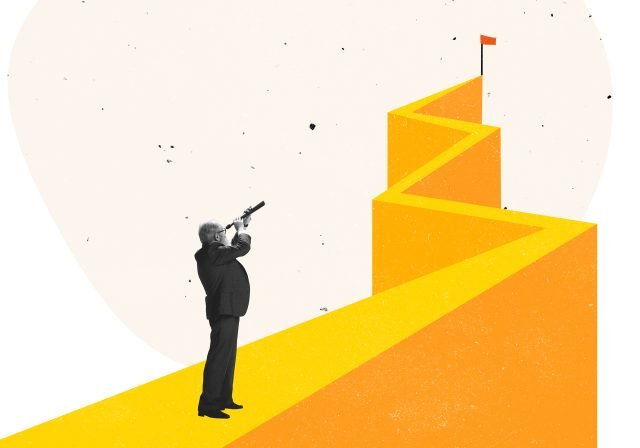LATEST
Topics
This paper compares how Black and White workers with stable jobs fare after an unemployment shock. Using administrative earnings data from the Continuous Work History Sample, the analysis compares the earnings trajectories of Black and White workers who are displaced during three recessions (1990-1991; 2000-2001; and 2008-2009)…
Even the best-laid plans can go awry. Individuals face many hurdles to adequate planning for retirement and, even when precautions are taken, they may be overwhelmed by a big enough shock. In particular, large medical and long-term care spending shocks can devastate retirees’ hard-won finances…
Working longer – when possible – has been generally accepted as good advice for a secure retirement. It directly increases current income; it allows people to contribute more to their 401(k)s; it shortens the period of retirement; and, importantly, delaying claiming of Social Security results in a much higher monthly benefit…
CRR IN THE NEWS
FEATURED
CRR PARTNERSHIP PROGRAM
Partnership with the Center for Retirement Research (CRR) provides instant access to valuable, independent research. In building a relationship with its supporters, the CRR seeks to gain their perspective on retirement income issues and to secure data to advance the goals of the CRR’s research programs. The Partnership Program offers the following benefits: Annual members…
PARTNERSHIP WITH JACKSON NATIONAL
This initiative identifies the major risks that people face as they approach retirement, seeks to understand their perceptions of those risks, measures the potential harm from the risks, and evaluates ways to mitigate them. These risks include: longevity, inflation, health, market, family, and policy. The CRR gratefully acknowledges Jackson National Life Insurance Company for supporting…
RETIREMENT PLAN ACCESS
The main reason that U.S. workers end up with inadequate retirement savings is that, at any given time, only about half of workers ages 25-64 are participating in an employer-sponsored pension (see Figure 1)…
Our spring newsletter features research on the average retirement age, retirees’ uninsured healthcare costs, and measures of retirement well-being…


















